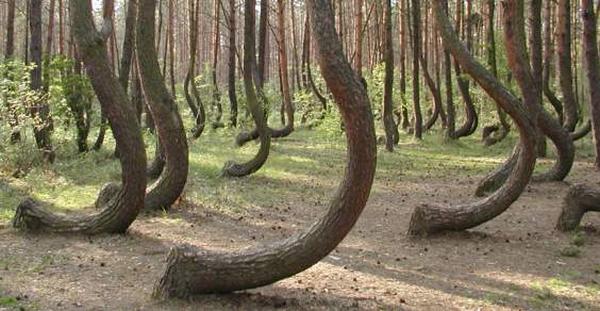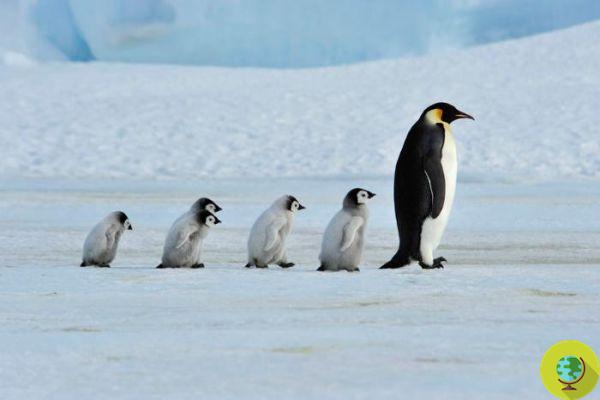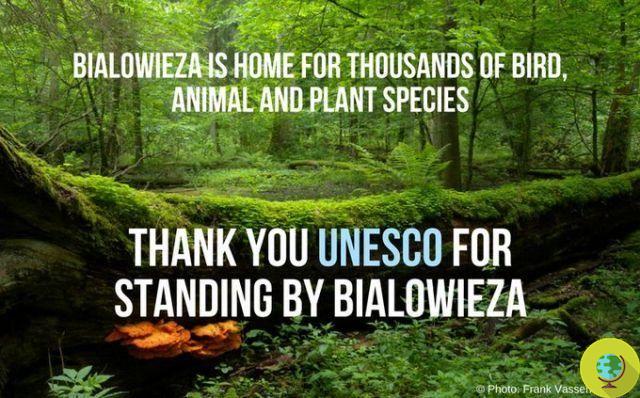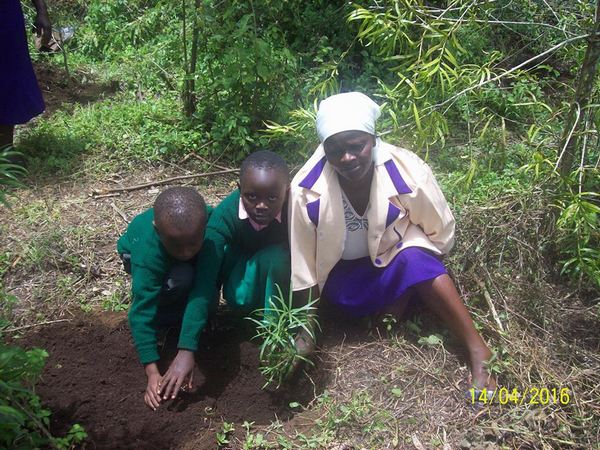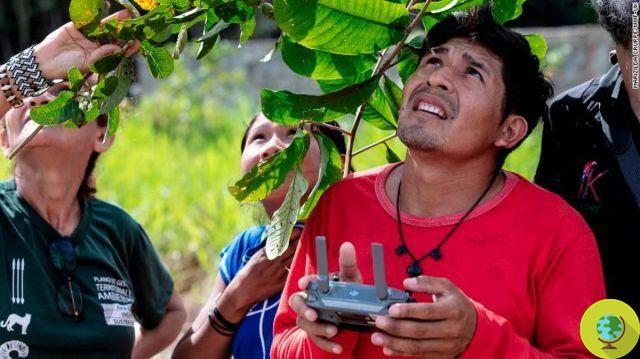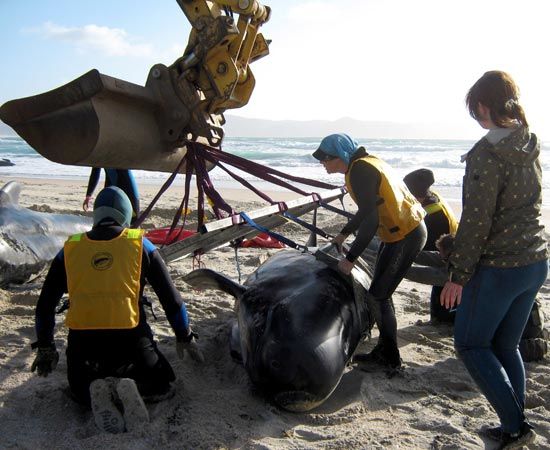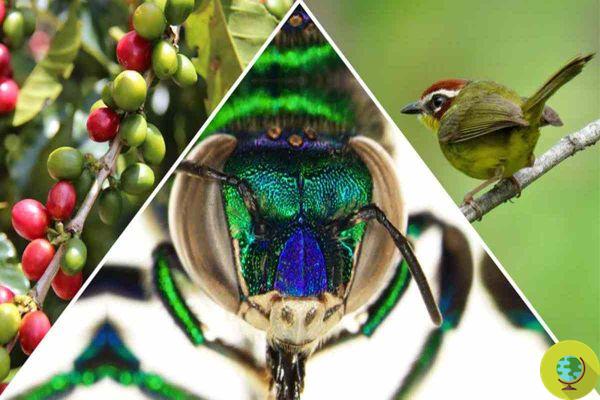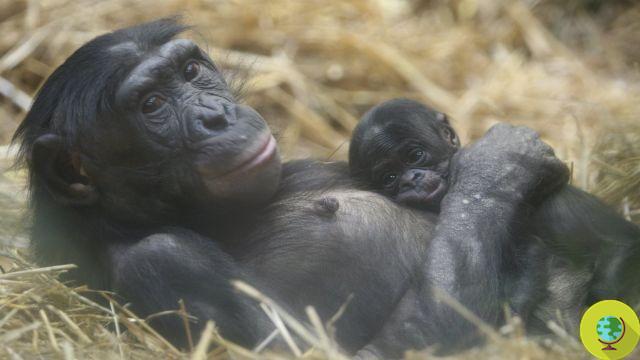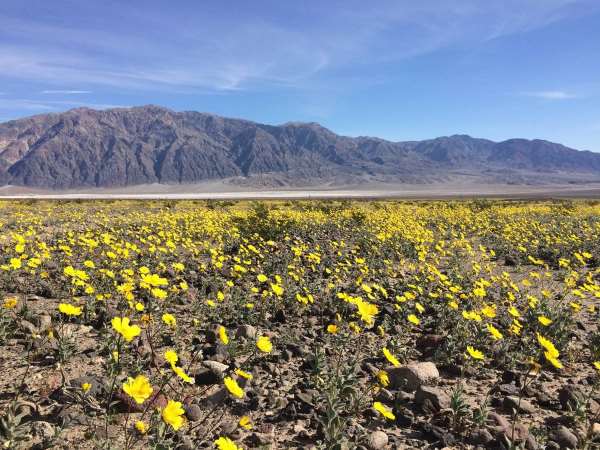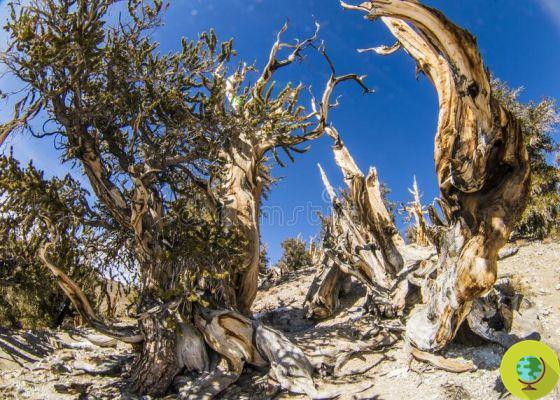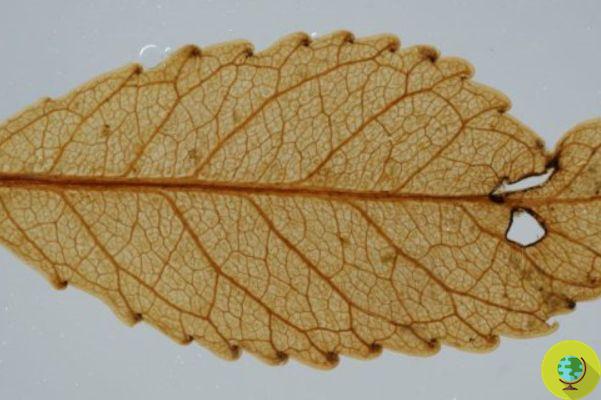
What will happen to the Earth in the future due to climate change? The discovery of a leaf provided important information
What will happen to the Earth in the future due to climate change? To provide important information was the discovery of a "fossil" leaf dating back to 23 million years ago.
Discovered in New Zealand, it may be able to predict how modern climate change will proceed. The leaf was located in what was an ancient volcanic crater near the city of Dunedin in southern New Zealand. The crater, about one kilometer in diameter, once housed a lake that periodically filled up. Scientists have nicknamed him Foulden Maar. Recognizing it as a scientific goldmine, they have since studied it making important findings.
In the case of the latest study, conducted by scientists at Columbia University, scientists for the first time linked the leaves of a 23 million-year-old forest with the high levels of atmospheric carbon dioxide, which in turn is related to a increased plant growth in the warm climate of the weather. The discovery adds to the understanding of how increased CO2 warms the earth and how the dynamics of plant life could change in the coming decades, when CO2 levels could mirror those of the distant past.
Scientists have recovered leaves from a single bed of a New Zealand lake that contains the remains of plants, fish, spiders, beetles, flies, fungi and other living things dating back to the lower Miocene. They have long assumed that CO2 was high then and that some plants could collect it more efficiently for photosynthesis and this is the first study that seems to prove it.
In fact, the Miocene has long been a source of confusion for paleoclimate researchers. Average global temperatures are believed to have been 3 to 7 degrees C warmer than today, and the ice has largely disappeared at the poles. Yet some evidence seems to suggest that CO2 levels were only about 300 parts per million, similar to those of the pre-industrial era and not enough to explain this warming. But the new study based on the analysis of the carbon isotopes inside the leaves made it possible to estimate that the atmospheric CO2 was not 300 ppm, but about 450. Second, it showed that the trees were super efficient at sucking up the carbon through the stomata, without letting out much water. This allowed them to grow in marginal areas that would otherwise have been too arid for forests.
"The amazing thing is that these leaves are basically mummified, so we have their original chemical compositions and we can see all of their beautiful features under the microscope," said lead author Tammo Reichgelt, adjunct scientist at the Lamont-Doherty Earth Observatory of the Columbia University and assistant professor of geosciences at the University of Connecticut. "It was shown that CO2 was high then."
Laboratory and field experiments have shown that when CO2 levels rise, many plants increase their rate of photosynthesis, because they can more efficiently remove carbon from the air and conserve water while they do so. In fact, a 2016 study based on NASA satellite data shows a "global greening" effect mainly due to the increase in man-made CO2 levels in recent decades. The effect is expected to continue as CO2 levels rise.
Good news? Not really
While this may sound like good news, it really isn't. The increased CO2 uptake will not compensate for what humans are pouring into the air. Also, not all plants can benefit from it, and among those that do, results can vary depending on temperature and availability of water or nutrients. Additionally, there is evidence that when some major crops photosynthesize more quickly, they absorb relatively less calcium, iron, zinc and other minerals vital to human nutrition. As much of today's plant life has evolved in a temperate, low-CO2 world, some natural and agricultural ecosystems may be disrupted by higher CO2 levels, along with rising temperatures and changes in rainfall.
Human emissions have now pushed CO2 levels to around 415 parts per million and will almost certainly reach 450 by about 2040, identical to those experienced by the Foulden Maar forest.
"Everything fits together, everything makes sense," said study co-author William D'Andrea, a paleoclimatic scientist. In addition to showing how plants could react directly to CO2, "this should give us more information on how temperatures will change with CO2 levels."
Sources of reference: Climate of the Past, Columbia University
READ also:
Artificial leaf created that transforms carbon dioxide into alternative fuel
Bird feathers to study how urban pollution has changed over the past 100 years




